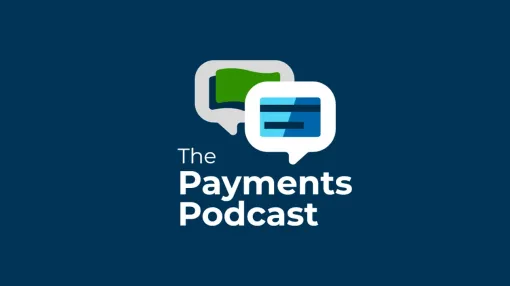Before you start reading this piece, let's establish one ground rule: This is not an endorsement of check usage at any level for business payments.
With new data from several sources showing that check usage is still stubbornly hanging on, what follows here is an acknowledgement that they still serve a purpose for some companies. Like the spreadsheet, that other analog tool that gives AP automation advocates fits, checks are a limited solution for business payments. But they are not a sustainable method for reasons that have been covered frequently—they’re vulnerable to fraud, expensive to use, and they clog your AP department’s efficiency.
The clarion call that emerged during the pandemic, which has continued since, is automate, automate, automate. For sure, checks are on their way out. As we reported in an earlier post, the number of checks processed by the Federal Reserve for commercial payments has dropped from 19 million in 1992 to its current level of 3.3 million.
But why is that businesses still use them? We'll unpack here the reasons they still exist and how to move more of them into the form of electronic or digital. In in my experience check usage stubbornly hangs on because of the perception that they are easier to use when you pay a vendor who you only pay infrequently, or in situations with new vendors who’ve yet to be onboarded to a digital payments network.
These should all be avoidable issues. As stated, the lack of efficiency and the cost for handling a check comprise the business case against them. That business case is strengthened by three new developments. The first is the growing need for a diverse payment mix necessary to conduct business even if you’re a small or mid-sized company. According to a new report from Citizens Bank, mid-market companies are now using up to eight different payment methods from physical cards to checks to virtual cards. As the report states: “It is possible that companies not using virtual cards are overlooking one of their benefits as a secure replacement for paper checks.”
The second factor is check fraud and check theft, which I think could tip the scales for companies still undecided about complete AP automation. Data from the Financial Crimes Enforcement Network, a division of the Treasury Department, reported that US banks saw an 84 % increase in check fraud from 2021 to 2022 from the year prior. That’s 460,000 reported fraud cases, compared to just 250,000 in 2021. “And while a related monetary figure is hard to come by,” speculated The Week, “it is almost certainly in the multi-billions.”
Hopefully these reports raise enough concern to direct your company toward digital payments if you’re not moving in that direction already. Wherever you are on that journey, keep these three steps in mind:
Get on a reputable, secure business payments network. This is a sure-fire way to reduce reliance on checks in your payment mix or to replace them completely. There are several major benefits to adopting AP automation. Some underlying advantages are important to mention here. For example, automation can improve vendor relationships allowing for more options and ways to pay and get paid. Automating key processes can also add clarity and better visibility into your cash positioning. It also increases security of payments made through the system because many networks offer best-practice vendor and account verification standards, which work to keep bad actors off platforms. But perhaps the most important advantage for joining an AP network is that it will audit your current vendor base to determine which vendors accept electronic payment methods. An electronic payments network will help you realize the power of that network, allowing you to make electronic payments to vendors that you only pay infrequently. Additionally, it will help you campaign more effectively to vendors who are not yet in the network, increasing your adoption of electronic payments.
Get data from the checks you’ve used: The data generated from AP automation will inform key decisions your company has to make, including spend management and cash positioning. If you must send a paper check (or receive one) make sure you digitize that check and enter its key data points into your automated system. This would include details like the amount, check number, account number, payer's details, and the date. Input the extracted data into your AP platform either manually or through an API or file transfer. After the check data has been incorporated into your AP system, it should be reconciled with your existing financial records to ensure accuracy.
Until all businesses pay their vendors electronically, checks will be a factor in payment networks. What we’ve captured here are some ways to mitigate their usage, secure them and then integrate them into your system. If you’re a company that uses paper checks more than occasionally, know that the companies who prefer digital methods, or even mandate a digital standard as part of doing business with them, are moving away from checks. The logical direction of travel continues to point toward automation.


